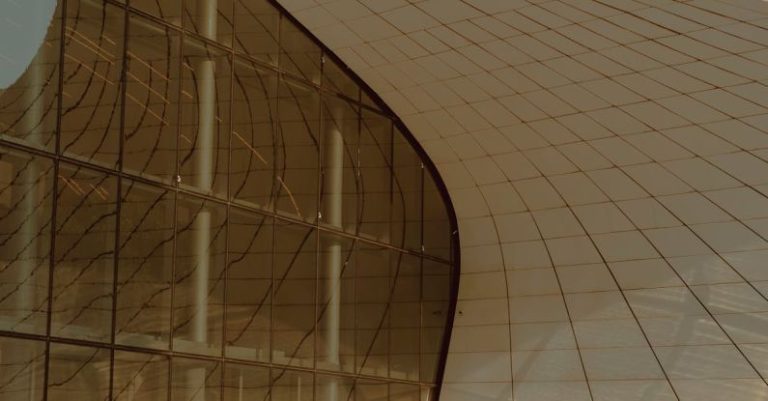The Potential of Composites to Reduce Construction Waste
Innovative materials are revolutionizing the construction industry, offering solutions to age-old problems like excessive waste generation. One such material that holds promise in reducing construction waste is composites. Composites are engineered materials made from two or more constituent materials with significantly different physical or chemical properties. By leveraging the unique characteristics of each component, composites offer a range of benefits, including enhanced strength, durability, and sustainability. This article explores the potential of composites to minimize construction waste and drive sustainable practices in the building sector.
### The Problem of Construction Waste
Construction is a major contributor to waste generation globally, with the industry accounting for a significant portion of landfill waste. Traditional construction methods often involve overordering materials to account for potential errors or wastage during the building process. Additionally, demolition and renovation projects further contribute to the accumulation of construction waste. The disposal of construction waste not only poses environmental challenges but also results in financial losses for builders and contractors.
### Advantages of Composites in Waste Reduction
Composites offer a compelling solution to the problem of construction waste due to their unique properties and manufacturing processes. Unlike traditional building materials like concrete and steel, composites can be customized to meet specific project requirements, minimizing excess material usage. The versatility of composites allows for precise manufacturing, reducing the likelihood of material wastage during production and construction.
Moreover, composites are lightweight yet durable, offering structural integrity while requiring fewer materials overall. This characteristic not only streamlines the construction process but also reduces the amount of waste generated on-site. By optimizing material usage and minimizing offcuts, composites help builders achieve greater efficiency and sustainability in their projects.
### Sustainable Manufacturing Practices
In addition to waste reduction during construction, composites contribute to sustainability through their manufacturing processes. The production of composites typically involves recycling or reusing materials, reducing the reliance on virgin resources. By incorporating recycled components into composite materials, manufacturers can minimize the environmental impact of the construction industry and promote circular economy principles.
Furthermore, composites are known for their longevity and resistance to corrosion, decay, and other forms of degradation. Buildings constructed using composite materials require less frequent maintenance and replacement, leading to reduced material consumption over the structure’s lifecycle. This durability not only minimizes waste generation but also lowers the overall environmental footprint of the construction industry.
### Future Outlook and Adoption Challenges
While the potential of composites to reduce construction waste is promising, widespread adoption in the building sector faces challenges. One obstacle is the perception that composites are expensive or difficult to work with compared to traditional materials. Educating architects, engineers, and builders about the benefits and applications of composites is crucial to overcoming these barriers and fostering greater acceptance in the industry.
Additionally, regulatory frameworks and building codes may need to be updated to accommodate the use of composites in construction projects. Ensuring that standards and guidelines reflect the unique properties and capabilities of composite materials will be essential in promoting their integration into mainstream building practices.
### Embracing a Sustainable Future with Composites
In conclusion, composites have the potential to revolutionize the construction industry by minimizing waste generation and promoting sustainable practices. Through their customizable nature, durability, and eco-friendly manufacturing processes, composites offer a viable solution to the challenges of traditional building materials. By embracing composites and exploring innovative applications in construction projects, the industry can move towards a more sustainable future while reducing its environmental impact.






